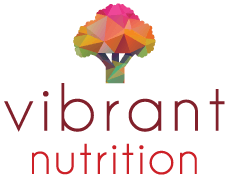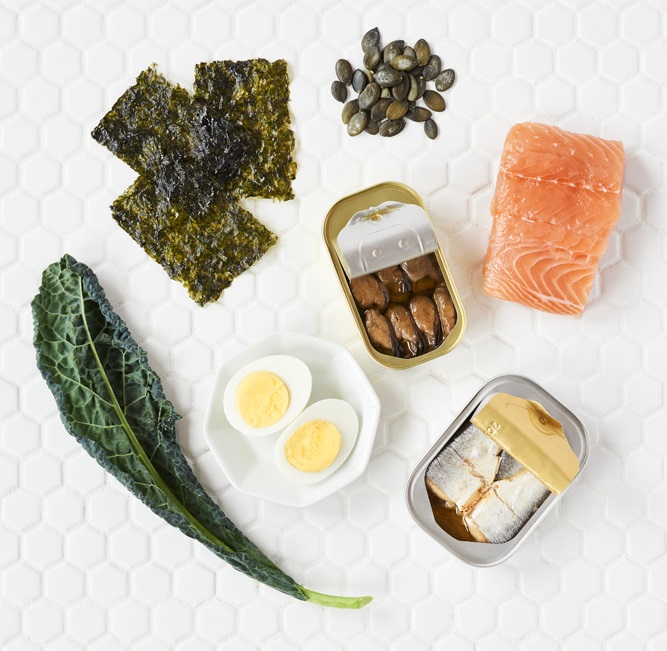April 22nd, 2019
Getting Started with Baby-Led Weaning
What is baby-led weaning?
Baby-led weaning (BLW) is exactly what it sounds like- baby feeds baby! It is a term that was coined but really just means finger-foods. There are no specific or special foods you must use to feed baby finger foods; just some tips on how to prepare foods in the easiest shapes for baby to interact with. When feeding your baby this way, baby is seated in a high-chair, and you offer pieces of food that baby can grasp, on their tray to play, experiment and possibly eat! They use their hands, not a spoon, and you don’t put pieces of food in baby’s mouth.
Unlike traditional weaning, where foods are a pureed-texture, and fed by spoon, BLW allows baby to be responsible for putting foods in their mouths (or on their face), or themselves. Let’s go over the basics of BLW, for more informations, but you can check out our full course on starting solids with your baby here!
What are the benefits of baby-led weaning?
Baby-led weaning allows your child independence and development of eating-related skills. They will start to develop their pincer-grip so that they can pick up food, and can experience what solid foods not only taste but feel like. This is an important part of their budding relationship with food! It can reduce neophobia of foods, because baby is in control. It may also help with regulating their own hunger down, as they learn to stop eating when they are full.
BLW also allows your family to sit together and eat, since you don’t have to feed baby (but you should always be next to baby to supervise). It also means you can role-model eating behaviour for baby. BLW allows babies to eat deconstructed versions of your meals, so less cooking separate foods! Eating together as a family is linked to multiple positive outcomes for children, so start family mealtime early.
Another benefit of baby-led weaning is that earlier introduction of textural variety can mean earlier acceptance of foods that must be chewed. Earlier introduction to self-feeding practices and textural variety are both key parts of our feeding guidelines in Canada.
Should I skip purees completely?
No. Sometimes babies who are exclusively BLW are found to be hungrier afterwards, or more frustrated at mealtimes, every baby is different. You can absolutely still use purees, as it can feel like a big jump for parents to move from a nipple to solid foods. The key is not to delay offering finger-foods; you can do this at the same time as offering spoon-feeds. Baby-led weaning develops valuable skills. Do what works best for your family, however a combination of the two methods often works best for most.
How do I start baby-led weaning?
Try creating “chip-sized” or “handle-shaped” foods that baby can pick up in their little hands and bring to their mouth. For example, a food that is easy to prepare this way is a spear of cooked broccoli, so that the baby would have the fluffy florets end in their mouth.
Avoid round and spherical foods and foods the same size as baby’s airway as they are a choking hazard. When baby-led weaning, first foods might include diced up meat or fish, scrambled egg or tofu, mashed up potato or squash, cooked pasta rotini or penne.
Once your child has tried a variety of foods, baby-led weaning recipes can be the same as what you’re making for yourself for dinner! For instance, but leave out any sugar or salt from baby’s portions.
Here are a few guidelines to get you started, or check out our full online guide here:
- Do sit together at meals
- Do place baby in a supportive high-chair with their own tray or mat to eat from
- Offer baby foods at mealtimes with the family that are age and size appropriate finger foods
- Never leave your child unattended while they are feeding themselves
- Never take pieces of food or finger-foods and place them into your baby’s mouth
- Keep mealtimes to about 15 minutes. If baby starts fussing, grimacing, pushing away food or throwing food, they are showing you that they are done eating.
- Keep breastfeeding/formula feeds to before naps and in-between meals, the scheduling of feeds will change as baby begins eating more solid foods.
Feeding is a process.
Like most things with your baby, feeding is very messy, and BLW won’t necessarily make feeding easier, especially at the start. Playing with food is part of how baby develops confidence and reduces fear or eating. And have fun with food! Don’t stress if at first very little is going into the mouth. Baby will eventually catch on, and become an expert eater! If you need more help, check this out for more info on BLW and feeding your baby!


